Since its groundbreaking debut in 2007, the Apple iPhone models has redefined the mobile phone industry. What began as a sleek touchscreen device has transformed into a line of powerful, feature-rich smartphones that dominate the global market. This comprehensive iPhone summary covers the entire iPhone journey, from its inception to the latest models in 2025, focusing on design, features, software evolution, and user impact.
The Birth of the iPhone: A Game-Changer in 2007
The original iPhone, announced by Steve Jobs on January 9, 2007, and released in June that year, revolutionized mobile technology. It was a combination of an iPod, a phone, and an internet communicator—a truly unprecedented device.
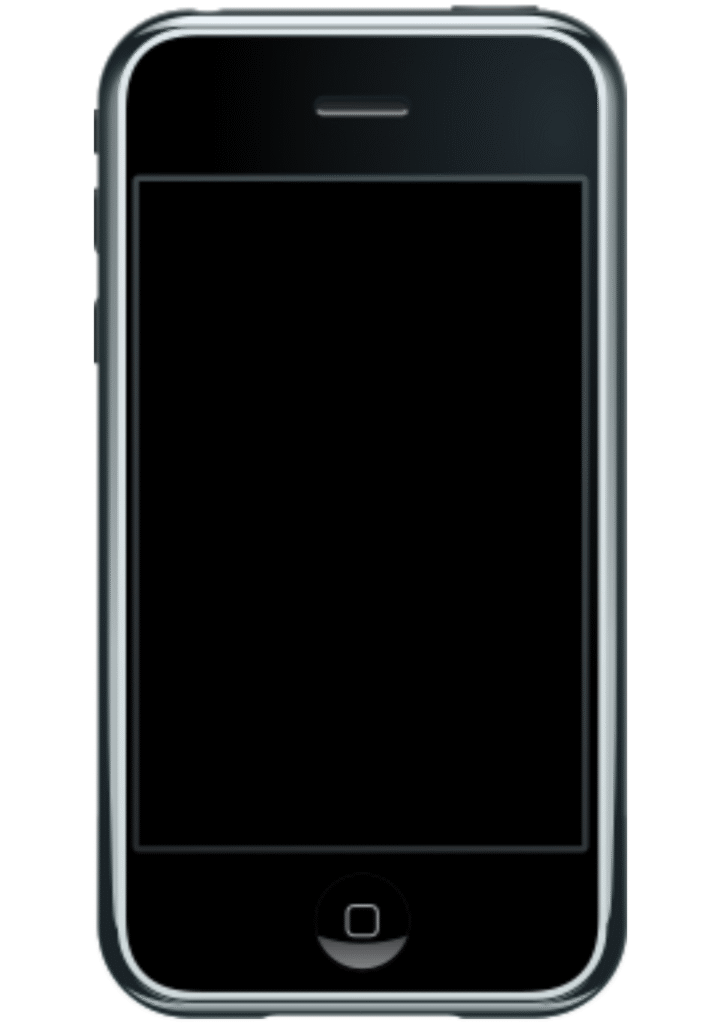
Key Features of the First iPhone: this is the first iPhone models
3.5-inch display
2MP camera
Multi-touch interface
Safari web browser
No App Store (yet)
Despite lacking 3G and app capabilities, it marked the beginning of a digital revolution.
iPhone 3G and 3GS (2008–2009): The App Store Era Begins
In 2008, Apple launched the iPhone 3G with faster connectivity and the groundbreaking App Store, which redefined how users interacted with smartphones.
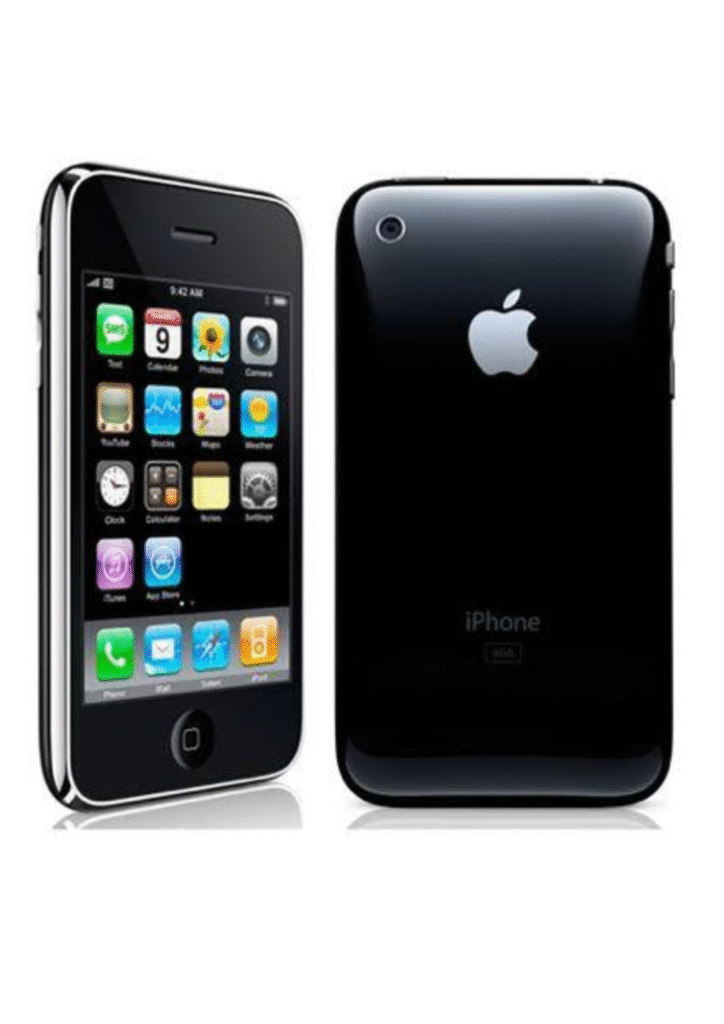
iPhone 3GS Innovations: this is second iPhone models
Video recording
Voice control
Improved processor speed
3MP camera
The App Store ecosystem laid the foundation for modern mobile application economies.
iPhone 4 and 4S (2010–2011): Retina Display & Siri
The iPhone 4 introduced a glass body and Retina Display, significantly improving the visual experience.

Highlights: of third iPhone models
5MP rear camera with LED flash
Front-facing camera (FaceTime debut)
A4 chip (faster processing)
With iPhone 4S, Apple introduced Siri, the first AI-powered voice assistant in smartphones.
iPhone 5 Series (2012–2013): Lightning and LTE
The iPhone 5 came with a 4-inch screen, a thinner aluminum body, and Lightning connector, replacing the 30-pin dock.
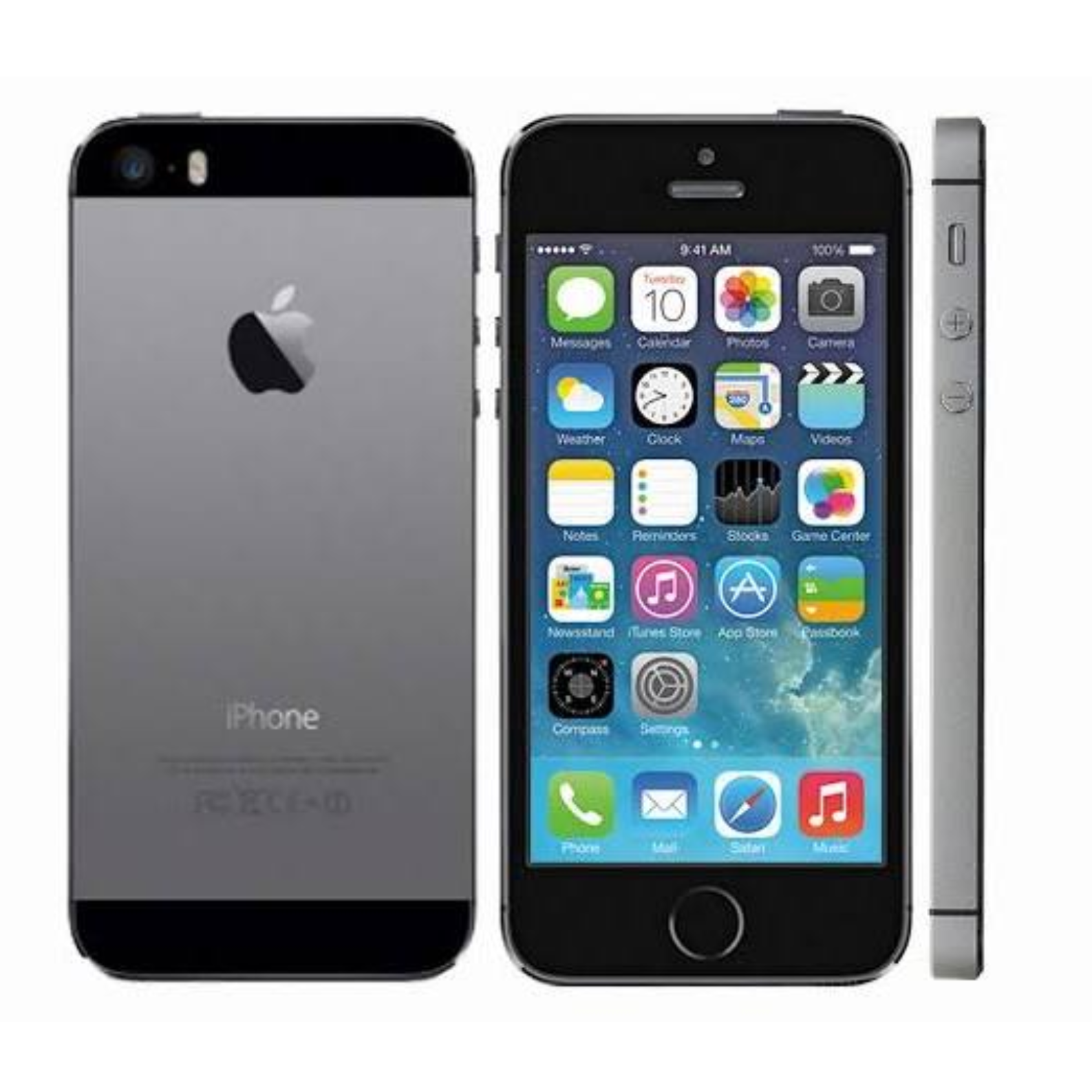
iPhone 5S:
Touch ID fingerprint sensor
First 64-bit processor (A7 chip)
Enhanced iSight camera
This series improved design and speed, setting new standards in smartphone performance.
iPhone 6, 6 Plus, 6S, and SE (2014–2016): Bigger and Better
Apple responded to market trends with larger displays in the iPhone 6 and 6 Plus.
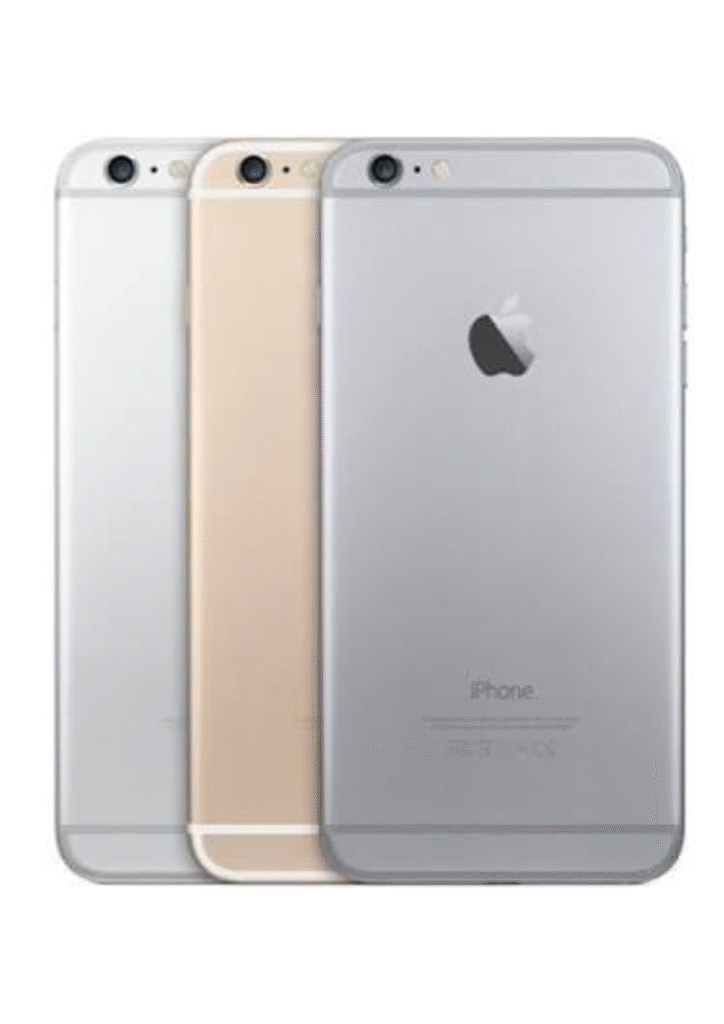
Innovations:
iPhone 6S introduced 3D Touch
iPhone SE (2016) brought iPhone 6S power in iPhone 5S size
Upgraded cameras and battery life
This period marked Apple’s shift toward diverse screen sizes and performance tiers.
iPhone models 7 & 8 Series (2016–2017): Water Resistance & Wireless Charging
The iPhone 7 removed the headphone jack and offered water resistance, a controversial but forward-thinking move.
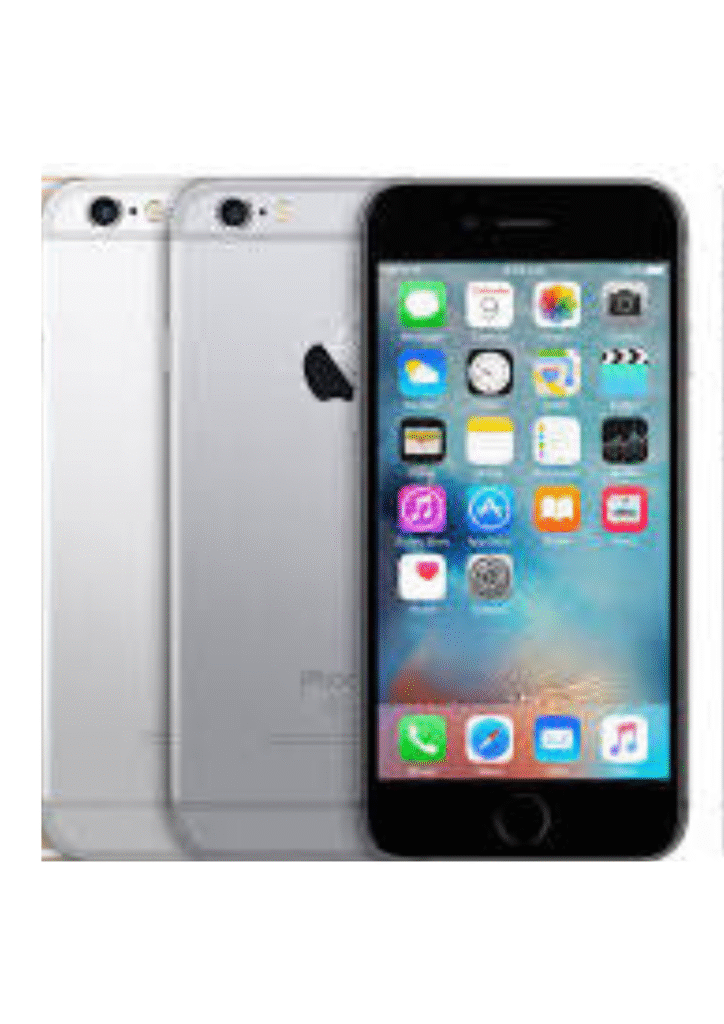
Key Features:
Dual-lens camera (iPhone 7 Plus)
A10 Fusion chip for high performance
iPhone 8/8 Plus introduced wireless charging and glass backs
The iPhone 8 was the last of the Home Button era before a major transformation.
iPhone models of X Series (2017–2018): Face ID and Full-Screen Display
The iPhone X marked Apple’s 10th-anniversary model and introduced a bezel-less OLED display.

Breakthrough Features:
Face ID facial recognition
Super Retina HD display
A11 Bionic chip
Animoji and advanced AR capabilities
The iPhone XR, XS, and XS Max followed in 2018, offering more size and pricing options.
iPhone models of 11 to 13 Series (2019–2021): Night Mode, 5G & Pro Cameras
The iPhone 11 series brought Night Mode, ultra-wide cameras, and better battery life.

iPhone 12 Series:
5G connectivity
Ceramic Shield protection
A14 Bionic chip
MagSafe charging accessories
With iPhone 13, Apple enhanced:
Cinematic Mode video recording
Smaller notch
Improved battery and brighter displays
The iPhone became a content creator’s powerhouse.
iPhone 14 Series (2022): Safety and Performance Enhancements

The iPhone 14 lineup included Emergency SOS via satellite and Crash Detection, enhancing user safety.
iPhone 14 Pro & Pro Max:
Always-On Display
Dynamic Island replaces the notch
48MP main camera
A16 Bionic chip
These models cemented Apple’s position at the top of smartphone innovation.
iPhone 15 Series (2023): USB-C and Smart Upgrades
In 2023, Apple replaced the Lightning port with USB-C, aligning with global standards.
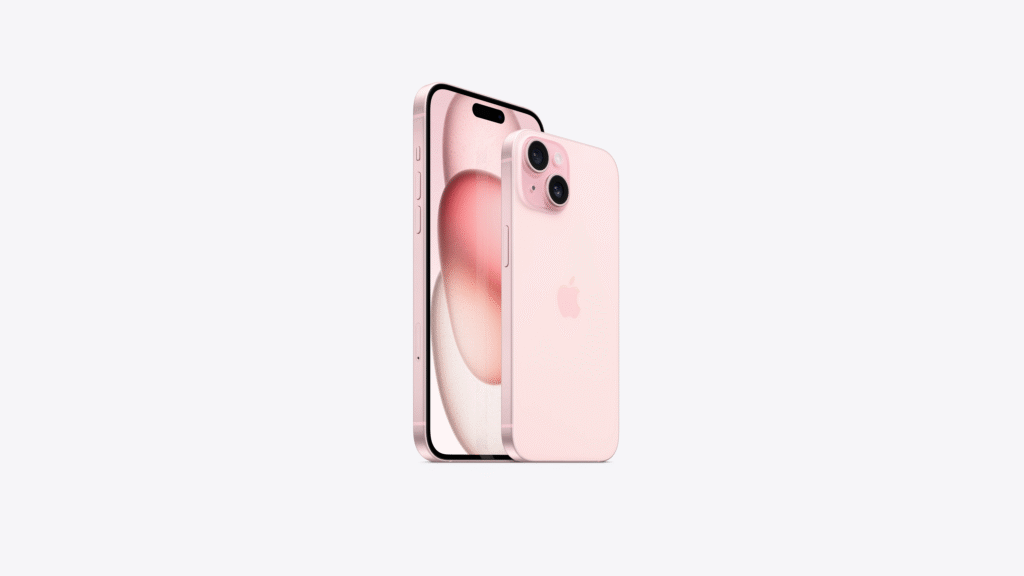
Improvements:
Titanium design (Pro models)
A17 Pro chip
Improved zoom with 5x telephoto lens (Pro Max)
Advanced gaming performance
The shift to USB-C was a monumental transition, opening new possibilities for connectivity.
iPhone 16 & iPhone 16e (2024): Smarter AI & Display Enhancements
Apple introduced iPhone 16 and iPhone 16 Pro models with advanced AI capabilities and stacked battery design for longer life.

Major Highlights:
AI-enhanced photography and Siri
Larger displays: 6.3″ and 6.9″ on Pro models
Improved heat dissipation
iOS 18 with customizable Home Screen and widgets
iPhone 16e, a budget-friendly version, featured many premium functionalities in a more affordable package.
iPhone models of 17 & iOS 19 (Expected in 2025): The Future of iPhones
As of mid-2025, Apple is set to release the iPhone 17 series with even more refined design, foldable rumors, and smarter AI.

Expected Innovations:
Under-display Face ID
Further battery life improvements
Full integration with Apple Vision Pro and ARKit
Seamless ecosystem connectivity
Complete iPhone Models List (2007–2025)
Year iPhone Models
- 2007 iPhone (1st Gen)
- 2008 iPhone 3G
- 2009 iPhone 3GS
- 2010 iPhone 4
- 2011 iPhone 4S
- 2012 iPhone 5
- 2013 iPhone 5C, 5S
- 2014 iPhone 6, 6 Plus
- 2015 iPhone 6S, 6S Plus
- 2016 iPhone SE (1st Gen), 7, 7 Plus
- 2017 iPhone 8, 8 Plus, X
- 2018 iPhone XR, XS, XS Max
- 2019 iPhone 11, 11 Pro, 11 Pro Max
- 2020 iPhone SE (2nd Gen), 12 Mini, 12, 12 Pro, 12 Pro Max
- 2021 iPhone 13 Mini, 13, 13 Pro, 13 Pro Max
- 2022 iPhone SE (3rd Gen), 14, 14 Plus, 14 Pro, 14 Pro Max
- 2023 iPhone 15, 15 Plus, 15 Pro, 15 Pro Max
- 2024 iPhone 16, 16 Plus, 16 Pro, 16 Pro Max, iPhone 16e
- 2025 iPhone 17 (expected)
Major Milestones in iPhone History
App Store Launch (2008)
Democratized app development
Created a multi-billion-dollar industry
Face ID (2017)
Secure facial recognition
Widely copied in the industry
5G Integration (2020)
Super-fast connectivity
Future-proofing mobile networks
Dynamic Island (2022)
Reimagined multitasking
Became an iOS UX identity
iPhone vs Competition: Why iPhone Still Reigns Supreme
Despite growing competition from Android brands like Samsung, Google Pixel, and OnePlus, Apple remains at the forefront due to:
Long-term iOS support
Unmatched build quality
Seamless Apple ecosystem
Regular security updates
Exceptional camera quality
iPhone Camera Evolution
From 2MP in 2007 to 48MP Pro cameras today, iPhone cameras now offer:
Portrait mode
Night mode
Cinematic video
ProRAW and ProRes formats
Multi-lens optical zoom
Computational photography
Apple’s constant investment in camera tech has made iPhones essential tools for creators and professionals.
iOS Journey: From iPhone OS 1 to iOS 19
The iPhone OS (now iOS) has evolved significantly:
- iOS 4: Multitasking
- iOS 7: Flat UI design
- iOS 11: Files app and iPad features
- iOS 14: Widgets and App Library
- iOS 16: Lock screen customization
- iOS 17: Contact Posters, NameDrop
- iOS 18: Smart AI and more personalization
- iOS 19 (2025): Deeper Vision Pro integration, customizable system UI
iPhone AI and Future Integration
AI is now at the heart of the iPhone experience. With on-device processing and Apple Silicon advancements, iPhones feature:
Smart photo and video editing
Real-time language translation
Personalized Siri suggestions
AI call screening and writing help
In the future, Apple aims to tightly integrate iPhone with Apple Vision Pro, ushering in spatial computing for everyday use.
Final Thoughts: Why the iPhone Remains Iconic
The iPhone models is more than just a phone—it’s a cultural icon and technological pioneer. Its evolution from a simple touchscreen device to a powerful computing machine shows Apple’s commitment to innovation, user experience, and premium design.
As we approach the iPhone models of 17 and beyond, the iPhone continues to shape the way we live, communicate, and create.
photos and videos credit by official website of apple
do you want to know about another phone ?